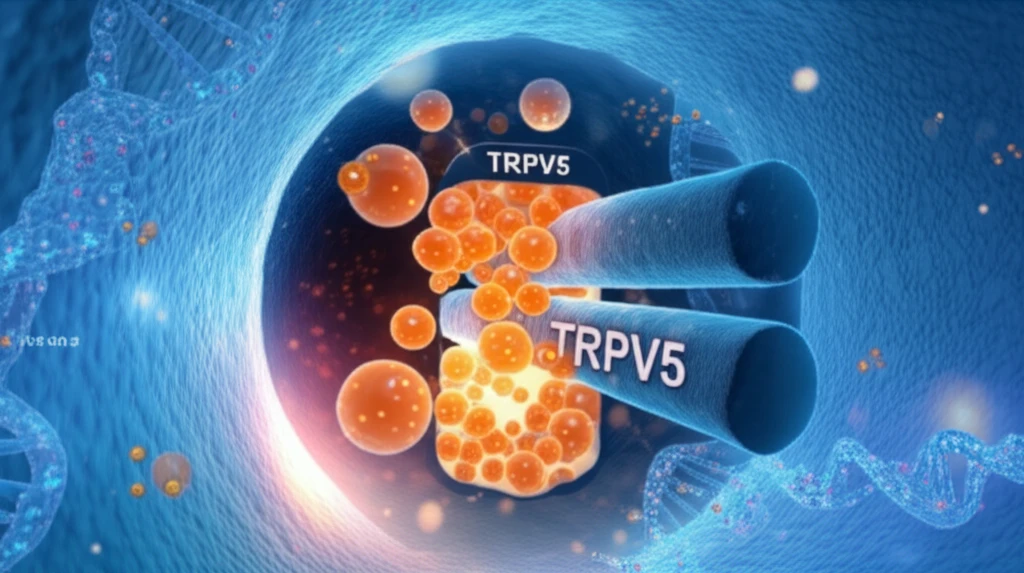
Kidney Stone Breakthrough: New Research Uncovers Genetic Link and Potential Treatment Avenues
"Decoding the TRPV5 Gene Variant: How a Rare Mutation Could Hold the Key to Preventing Recurrent Kidney Stones"
Kidney stones, those agonizingly painful formations in the urinary tract, affect millions worldwide. While factors like diet and hydration play a significant role, genetics can also be a key piece of the puzzle. New research is shedding light on a specific genetic variation that may significantly increase the risk of recurrent kidney stones, offering potential new avenues for prevention and treatment.
The focus of this exciting investigation centers around TRPV5, a gene that acts as a gatekeeper for calcium reabsorption in the kidneys. Think of your kidneys as a sophisticated filtration system, carefully regulating the levels of various minerals in your body. TRPV5 plays a critical role in this process, ensuring that calcium, a vital mineral for bone health and other functions, is properly reabsorbed back into the bloodstream.
Published in Biochemical and Biophysical Research Communications, the study zeroes in on a rare variation of the TRPV5 gene, known as L530R, and its surprising association with recurrent kidney stones. This article will break down the complexities of this research, explaining what this genetic variation is, how it impacts kidney function, and what potential implications it holds for those at risk of developing kidney stones.
The TRPV5 Gatekeeper: How a Genetic 'Glitch' Can Cause Calcium Imbalance

To understand the significance of the L530R variation, it's important to appreciate the normal function of the TRPV5 gene. TRPV5 provides the blueprint for a protein that acts as a calcium channel in the kidney's distal convoluted tubules (DCT) and connecting tubules (CNT). These tubules are the final checkpoints in the kidney's filtration process, where crucial adjustments are made to the composition of urine.
- L530R Variation Abolishes Calcium Uptake: The study found that the L530R variation completely eliminates the calcium uptake activity of TRPV5 in laboratory experiments. This means the 'doorway' for calcium reabsorption is effectively shut down.
- Protein Misfolding and Reduced Expression: The researchers discovered that the L530R variation causes the TRPV5 protein to misfold, hindering its proper transport to the cell membrane. This results in a reduced amount of functional TRPV5 protein at the kidney cell surface.
- Disrupted Molecular Interactions: Through sophisticated computer modeling, the study revealed that the L530R variation disrupts crucial interactions between the TRPV5 protein and surrounding lipid molecules in the cell membrane. This further destabilizes the protein and impairs its function.
A New Era in Kidney Stone Prevention?
While the L530R variation is rare, this research provides valuable insights into the complex interplay of genetics and kidney stone formation. Further research is needed to fully understand the prevalence of this variation in different populations and to identify potential therapeutic strategies. This could potentially include personalized interventions based on an individual's genetic profile.
